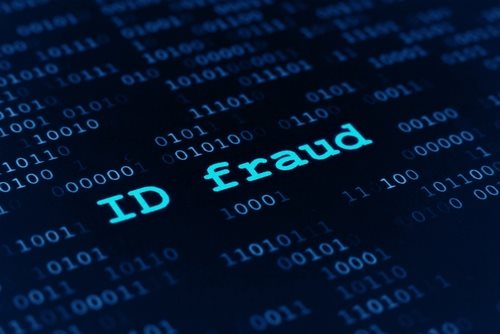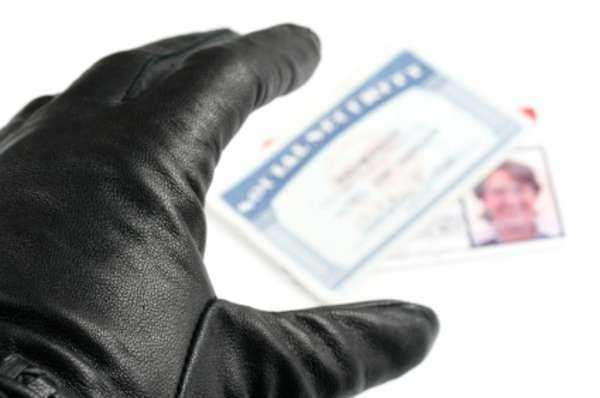Encryption Explained

What is Encryption?
Encryption is a means of electronic security that involves methodologies facilitated in order to provide the protection of digital and virtual information systems, which are considered to be classified, private, personal, or restricted to viewing on the part of authorized individuals. Electronic trespassing measures undertaken in order to achieve the unlawful entry into – or access of – personal computer terminals belonging to victims of cyber-crime, may include the illicit and unlawful access of informational databases and digital record systems.
Encryption Terminology
The necessity to protect vital – and oftentimes privileged – information has been observable throughout the annals of history; historians have discovered coding and masking techniques with regard to clandestine communication employed for hundreds of years. Modern Encryption techniques have adapted to the growing need of privacy, safety, and protection resulting from a respective ability to access information as per the technological advances of the Digital age.
A cipher is mathematical equation that correlates to the decoding process of a message or text that has been encrypted
A code provides a replacement for a text or message, while a cipher is an encryption methodology that must be deciphered in order to reveal the message or text in question
Administrative Encryption
Cryptology is the scientific field specializing in the development, advancement, and synthesis of the Encryption process The Department of Digital Rights Management (DRM) is considered to be at the forefront of the creation, regulation, authentication, and development of a majority of the Encryption facilitated by the Federal Government.
Why is Encryption Necessary?
Due to the fact that the criminal activity known as ‘Hacking’ is conducted with the intent to commit a crime, Encryption provides for the protection and safety of digital information. Due to technological innovation, electronic identity theft is considered by many to be one of the most recently-developed crimes, credited – in part – to the ongoing advent of computer-based technology. This type of technology relies heavily on the Internet and online activity, and as a result, regulations and oversight of this type of activity has been expressed in the spectrum of preventative measures involving the cessation of electronic identity theft.
Computer Fraud and Identity Theft
Computer fraud is a type of theft involving the criminal act of electronically obtaining the personal – or private – information belonging to another individual or entity through the use of technological – albeit illegal, unlawful, unethical, or fraudulent – means. Within the realm of computer fraud, the criminal act of electronic identity theft is defined as the act of illegally assuming the identity of another human being without their consent with the intent of committing fraud, theft, exploitative acts, and harm.
The receipt of economic gain at the expense of victims of identity fraud takes place through the deliberate misrepresentation of personal information or private data; in many cases, this type of electronic data is attained through the electronic infiltration with regard to computer systems containing electronic data.
How to Prevent Electronic Identity Theft
Companies providing methods of Identity theft prevention – including Lifelock, which is one of the most widely-acclaimed and recognized – have employed protective measures ranging from securing online perimeters to communicative transmission inquiring about the validity of unsubstantiated activity; these types of companies have found their respective niche within the prevention of identity fraud upon providing protection in lieu of infringing on personal privacy.
Encryption Explained: Securing Data with Algorithms
Encryption is one of the most crucial components of cybersecurity and online privacy. Encryption is a process that converts readable data into unreadable data using specific algorithms to protect it from unauthorized access, theft, and damage. In this article, we will explore what encryption is, how it works, and why it is essential.
What is Encryption?
Encryption is the process of converting readable data into formatted data that cannot be easily read by unauthorized users. Encrypted data is unintelligible and can only be decoded with decryption keys.
Encryption is used to protect sensitive data, such as financial information, personal messages, passwords, and corporate documents, from unauthorized access by hackers, cyber-criminals, and other malicious actors.
How Does Encryption Work?
Encryption uses mathematical algorithms to scramble data into a complex code that cannot be decrypted by anyone who does not have the decryption key. The encryption process works through a series of steps:
1. Plaintext: Plaintext is the unencrypted data that needs protection, such as a message or file.
2. Encryption Algorithm: An encryption algorithm is a mathematical function that converts the plaintext data into a coded message.
3. Encryption Key: An encryption key is a unique code that is required to decrypt the coded message.
4. Cipher Text: Cipher Text is the output of encrypted data that has been coded by the encryption algorithm.
5. Decryption: Decryption is the process of converting the encoded message back to its original form using a decryption key.
Types of Encryption
1. Symmetric Encryption: Symmetric encryption uses the same key for encryption and decryption. The key must be kept secret and shared exclusively between the parties involved.
2. Asymmetric Encryption: Asymmetric encryption uses two keys for encryption and decryption. A public key is used for encryption, and a private key for decryption, which is owned by the recipient.
3. Hybrid Encryption: Hybrid encryption uses a combination of symmetric and asymmetric encryption. Hybrid encryption is often used to protect data such as credit card information and personally identifiable information.
Why is Encryption Important?
Encryption is essential for digital privacy and cybersecurity. Encryption protects sensitive data from threats such as eavesdropping, surveillance, cyber-criminals, and malware. End-to-end encryption is critical for online privacy as it ensures that only the sender and recipient can read the content of a message or file.
Encryption also enables secure communication and online transactions, such as online banking and e-commerce. The use of encryption has become critical for compliance with data protection regulations worldwide, such as the General Data Protection Regulation (GDPR) and the Health Insurance Portability and Accountability Act (HIPAA).
Conclusion
Encryption is a critical tool to ensure the privacy and security of digital data. Encryption uses mathematical algorithms to convert readable data into unreadable code, which can only be decrypted with a unique decryption key. Encryption protects sensitive data from unauthorized access and promotes online privacy. Various encryption methods available include symmetric, asymmetric, and hybrid encryption. Ensuring the adequate use of encryption is crucial for businesses and individuals alike to prevent cyber threats from malicious actors.























